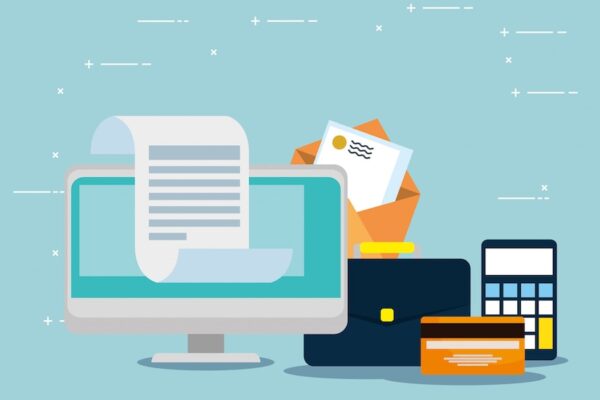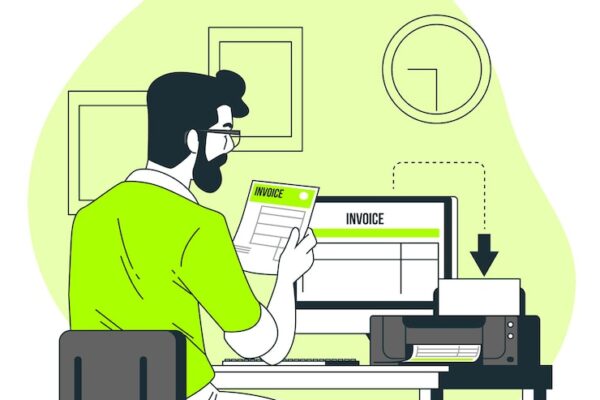
Fake Utility Bills vs. Real Ones: Spot the Differences
In an era where digital fraud is on the rise, it is crucial for individuals and businesses to be able to spot the differences between genuine utility bills and their counterfeit versions. Fraudsters have become increasingly adept at creating deceptive documents that mimic the appearance of legitimate bills, which makes it essential for consumers to be vigilant and attentive.
The Importance of Verification
Verifying the authenticity of utility bills is essential to safeguard against financial losses and identity theft. Fake utility bills can serve as gateways for fraudsters to gain access to personal information or deceive unsuspecting victims into making payments for non-existent services. By learning how to discern between real and fake bills, you can avoid falling prey to these malicious schemes and protect your financial well-being.
Paying Attention to Branding and Logos
One of the first indicators of a fake utility bill is discrepancies in branding and logos. Authentic utility bills typically display consistent and high-quality branding elements, including company logos, fonts, and color schemes.


